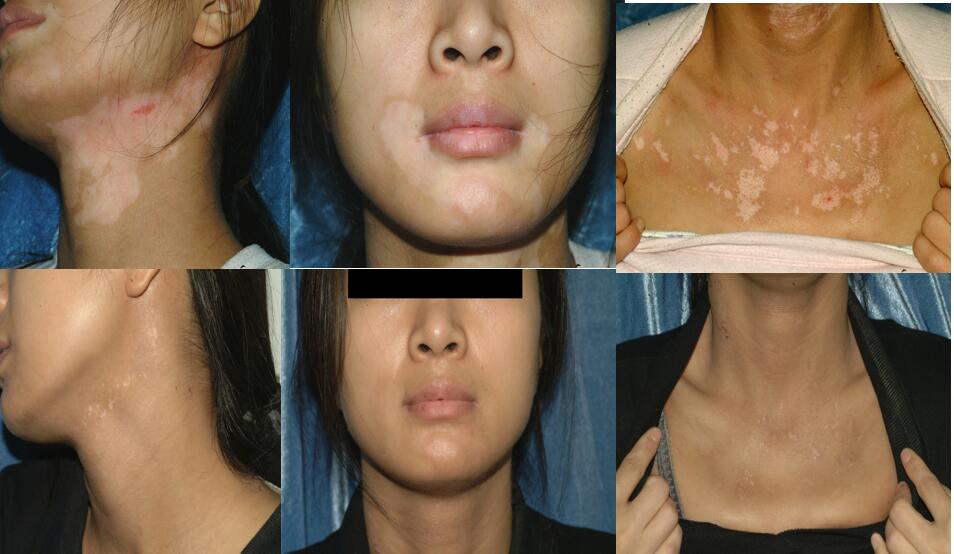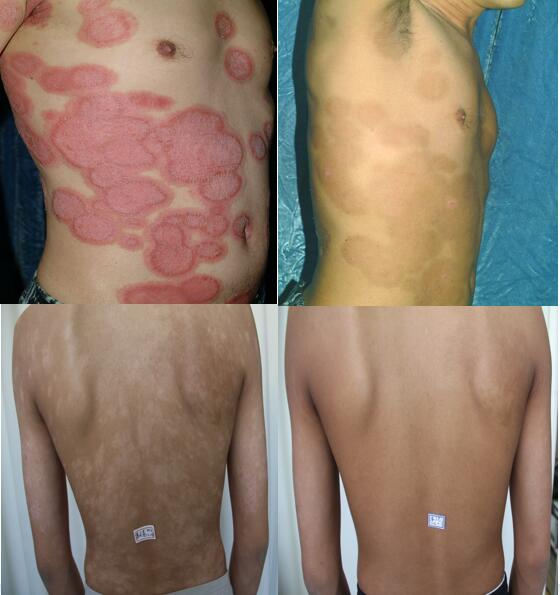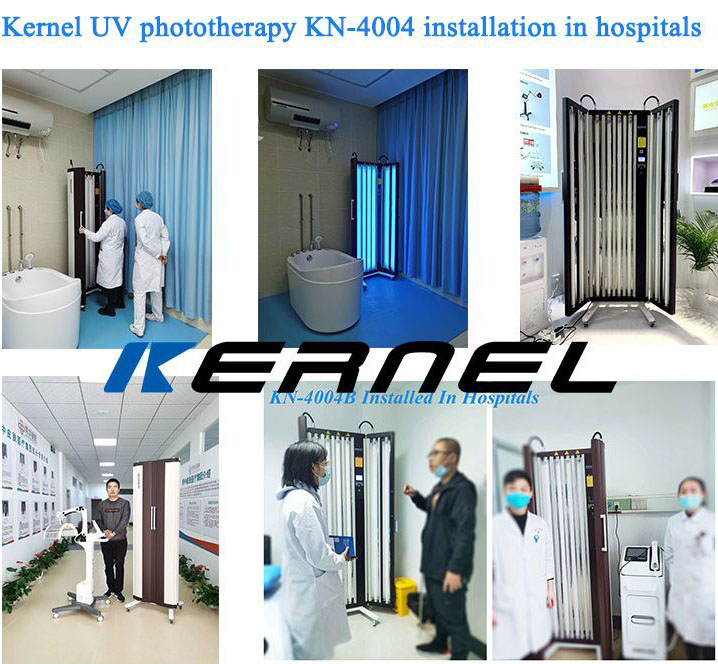98% of Us Are Not Aware of What Is Phototherapy and Skin Conditions Treatment
What is Phototherapy?
UV Phototherapy, also known as UV light therapy, is a medical treatment that uses light to improve various health conditions. The therapy involves exposing the body or specific body parts to specific wavelengths of light to stimulate natural healing processes or treat specific conditions. Phototherapy is commonly used in dermatology, psychiatry, and ophthalmology. Today, we mainly talk about the application in dermatology.
We believe that most of us have questions about it, is phototherapy safe? How does phototherapy work? Does phototherapy really help about skin conditions?

How does phototherapy work?
Phototherapy works by using specific wavelengths of light, including 311nm NB-UVB and 308nm Excimer light therapy, to penetrate the skin or other body tissues, which then triggers the body's natural healing processes. The light can be delivered through a variety of devices, including lamps, light-emitting diodes (LEDs), and lasers. Each device uses a specific wavelength of light that targets specific cells and tissues.
What's the main use of Phototherapy?
One of the most common uses of phototherapy is in the treatment of skin conditions, such as psoriasis, eczema, and vitiligo. The light penetrates the skin and slows down the growth of skin cells, reducing inflammation and redness. In addition to these skin conditions, phototherapy has also been used to treat other conditions such as acne, wound healing, and even depression.


About Ultraviolet Light UVA and UVB
UVA and UVB phototherapy are both treatments used in dermatology to manage skin conditions such as psoriasis, eczema, vitiligo, and other skin diseases. While both treatments use ultraviolet radiation, there are some differences between UVA and UVB phototherapy.
Wavelength: UVA phototherapy uses longer wavelengths of ultraviolet radiation, between 320-400nm, while UVB phototherapy uses shorter wavelengths of ultraviolet radiation, between 280-320nm.
Penetration: UVA radiation penetrates the skin deeper than UVB radiation, reaching the dermis layer, while UVB radiation penetrates the epidermis layer of the skin.
Equipment: UVA phototherapy requires a special light source that emits UVA radiation, while UVB phototherapy can be delivered using different types of light sources, including fluorescent lamps, narrowband UVB lamps, and excimer lasers.
Treatment duration: UVA phototherapy usually requires longer treatment durations than UVB phototherapy, often several weeks or months, while UVB phototherapy can produce results in as little as a few weeks.
Side effects: Both UVA and UVB phototherapy can cause side effects such as dryness, redness, and itching of the skin, as well as sunburn in some cases. However, UVA phototherapy is generally considered to have more side effects than UVB phototherapy.
Effectiveness: Both UVA and UVB phototherapy have been shown to be effective in treating a variety of skin conditions. However, the effectiveness of each treatment can vary depending on the condition being treated, the patient's skin type and age, and other factors.
Where to get phototherapy?
To get phototherapy, you can start by consulting with your dermatologist, who can assess your condition and recommend the appropriate type of phototherapy. They may refer you to a specialized phototherapy clinic or facility, or they may offer phototherapy treatment in their office in hospital.
There are also various types of phototherapy devices available for home phototherapy, such as light boxes, handheld devices, and wearable devices, which you can purchase online or from a medical supply store. However, it's important to use these devices under the guidance of a healthcare professional to ensure proper use and avoid any potential risks or complications.


